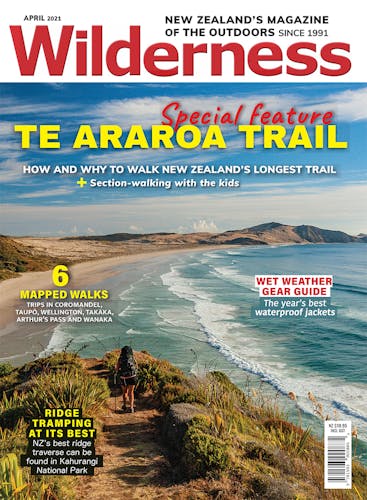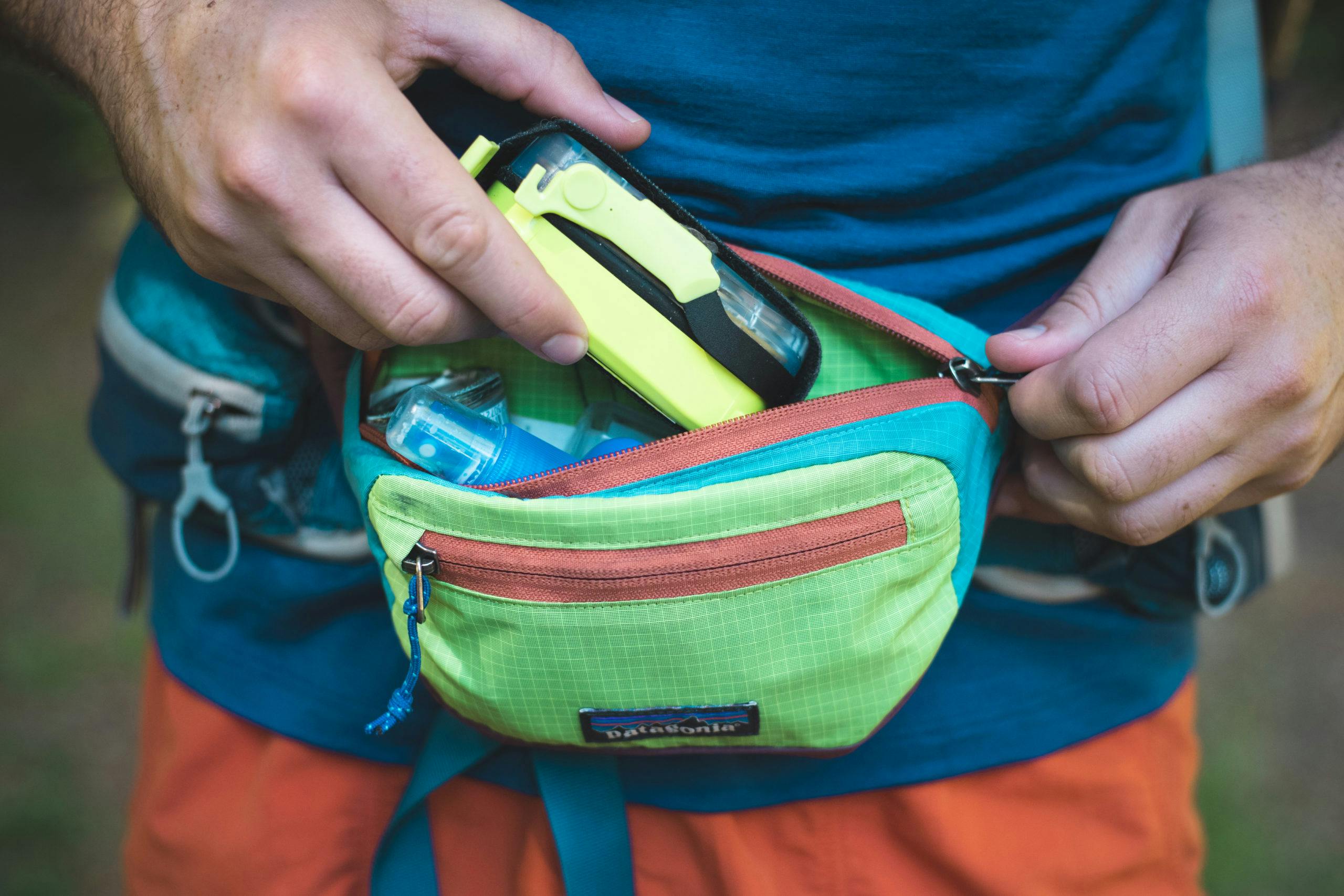If you thought the bum bag died on the dawn of Y2K, you’re dead wrong. The fashion disaster is back to stay.
I don’t know what killed the bum bag, but I strongly suspect it was the name. Going by bum bag in the UK and fanny pack in the US, the nomenclature is explicitly anatomical, and the fashion? Not much better.
The mangy marsupial pouches were big in the 1980s and 90s, and I have memories of wearing one as an unfashionable joey, though who knows what I filled it with. Knowing me, cicada shells, Pokemon figurines and the giant coins of the day.
The 90s – which also brought us the Tamagotchi and slap bracelet – was the modern heyday of the questionable accessory, but by no means the origin of the bum bag.
Apparently, the waist wallet has a history dating back thousands of years, in multiple cultures. The Scots used a similar accessory, as their kilts didn’t have pockets, and Native Americans made ‘buffalo pouches’. When worn on the front, banana bags – as they are known in France, or kidney bags in Spain – proved a deterrent to all but the most brazen of bandits on dangerous roads. How far the fashion has fallen.
Today, bum bags are enjoying a resurgence, and are worn proudly by the celebrity elite. High fashion brands demand $1000 plus for designer bags, though I very much doubt they are marketed to the one per cent as ‘fanny packs’. Perhaps it’s part and parcel of the 80s revival currently gripping pop culture, or it may be that practicality is clawing its way into fashion (pipe down, Crocs – you will never be cool).
Another space they’re making a comeback is on the tracks and trails as a tramping accessory, marketed by everyone from Patagonia to Fjällräven, and Aotearoa’s own Cactus and Macpac. In a sport where organisation, practicality and not giving a damn what you look like are celebrated, I’m not surprised.
Thru-hiker Elina Osborne says they are invaluable on long-distance hikes. “They were super popular on the Pacific Crest Trail, and a lot of thru-hikers use them – so much so that there are now ultralight fanny packs made from Dyneema fabric,” she says.
“I wouldn’t go hiking without one anymore; you can keep your phone, a little camera, snacks, headphones, all the things you want, super accessible.”
For me, pack hip pockets are essential – I don’t think I would buy a serious tramping pack without them. Throw in a bum bag as well, and you’ve achieved the holy trinity of midriff gear management. With three pockets stretching across my waist, I’m Tim the Toolman Taylor meets Inspector Gadget – no wasted-waist-space on these gear-bearing hips. In my hip pockets, I fit muesli bars, dried fruits, scroggin, and any other bite-sized snacks. In my bum bag goes my beanie, a small sunscreen, PLB, pocket knife, matches, insect repellant, and a pack-it jacket. The belt and clip fits comfortably in the small of my back, and I forget it’s there. During rain, it stows easily beneath my rain jacket like a little potbelly, safe and dry. It stays on when I ditch my pack for a side track, and when I arrive at the hut, meaning I always have an extra layer, a PLB, matches and sunscreen on me. I also look pretty fly, if you must know.
So, if you’re looking for a versatile storage system to transform your tramping experience, why not try a blast from the past and grab a bum bag – bonus points if it fits your walkman.








